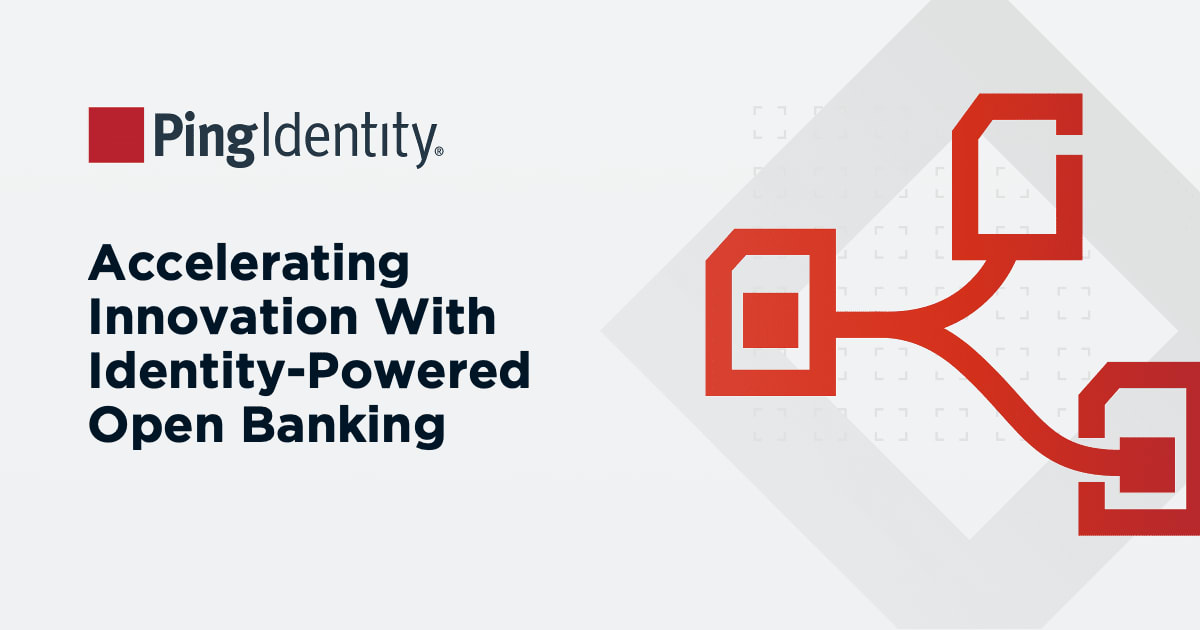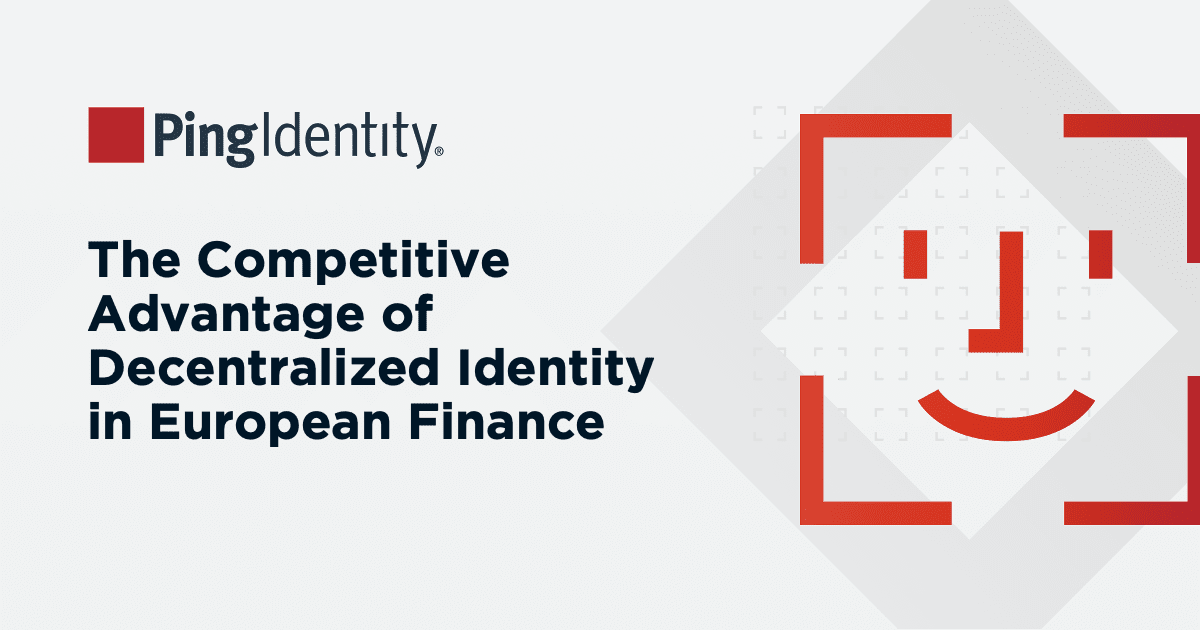Healthcare technology is rapidly evolving and digital healthcare is now the norm. In order to deliver healthcare online, payer and provider organizations need the ability to securely and seamlessly share member and patient data across their various digital healthcare systems. Interoperability and modern identity and access management (IAM) are what make this happen.
In 2016, the Office of the National Coordinator for Health Information Technology’s (ONC) 21st Century Cures Act Final Rule was enacted. A significant component of the ONC’s Cures Act is its focus on interoperability. Electronic Medical Record (EMR)
Complying with the Cures Act for interoperability requires the use of two standards:
SMART Health IT’s Substitutable Medical Applications Reusable Technologies (SMART) standard
HL7’s Fast Healthcare Interoperability Resources (FHIR) standard,
Together, these two standards are what’s known as SMART on FHIR.
With the ONC’s Rule and SMART on FHIR the stage is set for a more connected, efficient, and patient-centric healthcare system where clinical data can be more readily shared and accessed by healthcare providers, payers, consumers, and app developers alike.
Beyond Compliance: Using IAM to Surpass the Healthcare Interoperability Status Quo
How Healthcare Business Can Thrive in a
Tech-Driven Future
The key to successful interoperability and SMART on FHIR implementation lies in identity and access management (IAM) functionality. Healthcare IAM platforms, such as the Ping Identity Platform, play a critical role for cybersecurity, service availability, and scale. IAM secures user access and manages the authorization permissions to SMART on FHIR apps and their data. This ensures that only authorized users can access SMART apps and sensitive health data in accordance with privacy and cybersecurity standards. The result is reliable and secure interoperability of health information across apps, services, and digital health ecosystems.
Meet today’s security and authentication needs whether on-premises or in the cloud
Ensure interoperability between unique identity systems, web resources, organizations and vendors
Build a secure, future-proofed identity architecture that stands the test of time


